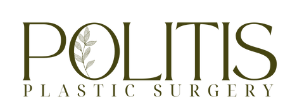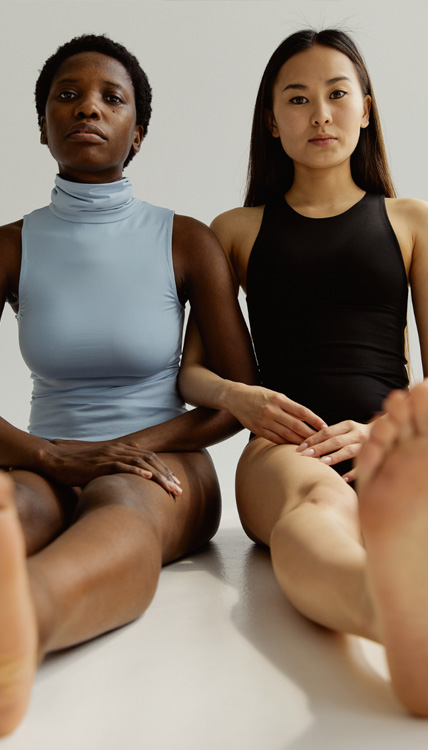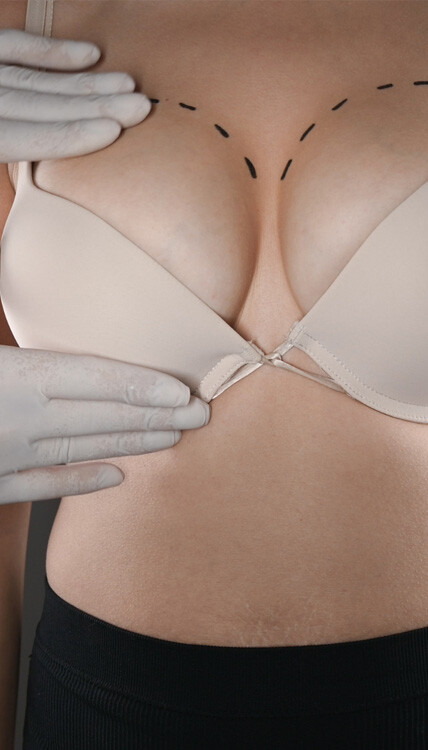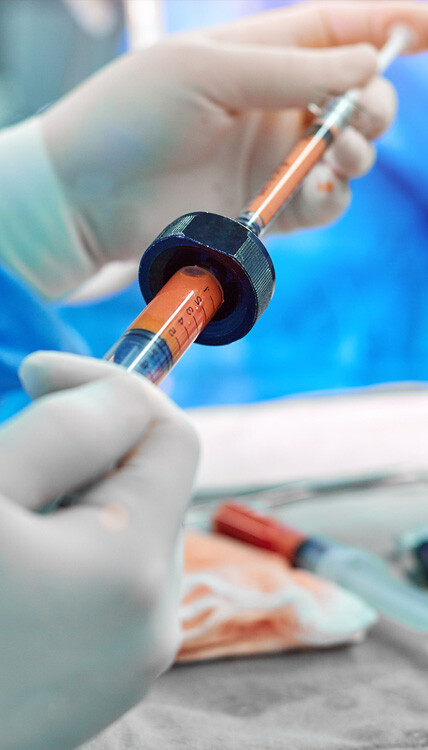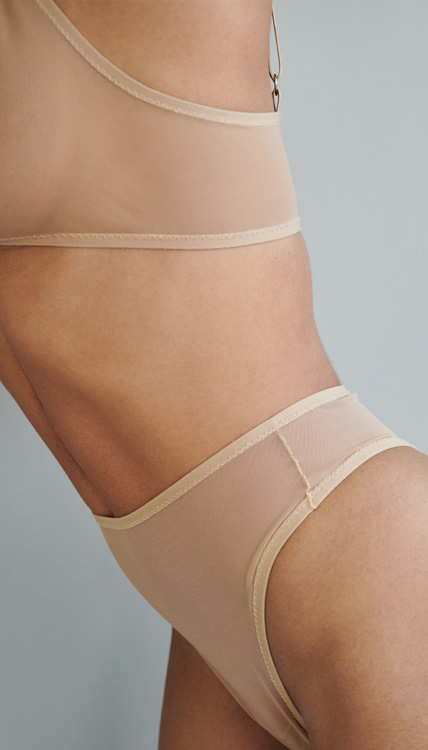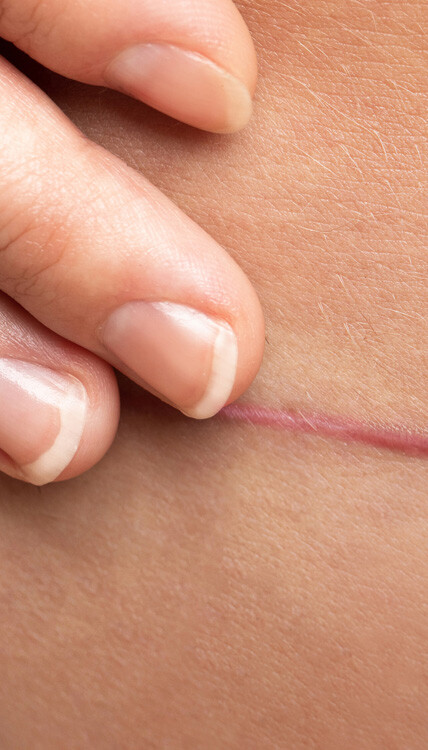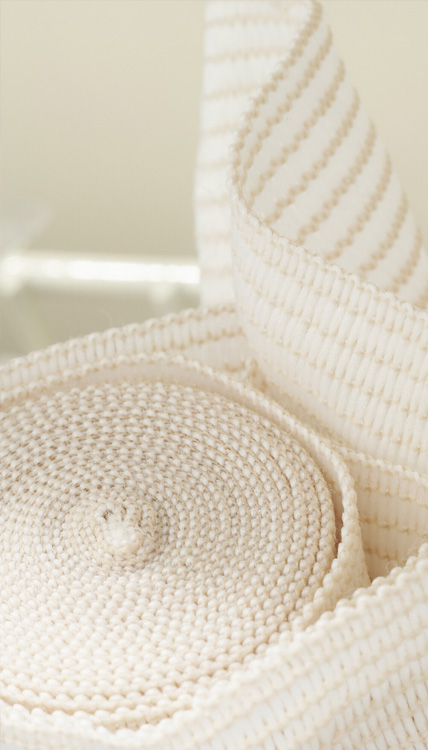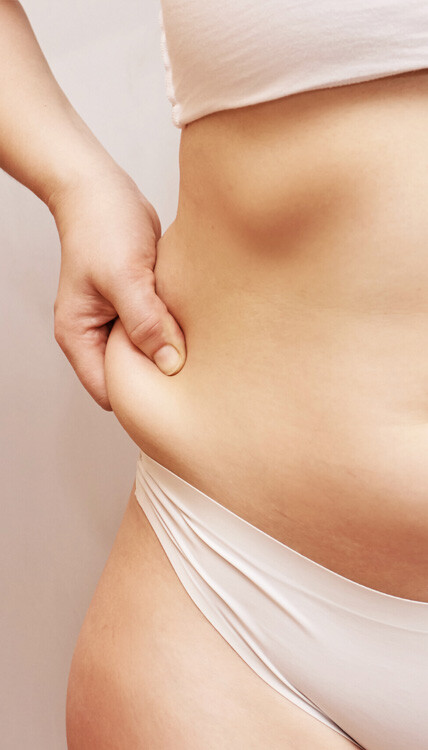A major tenet of plastic surgery is that you do it for yourself. Not to please your mother, spouse or friend. You want to be certain that you’re undergoing a procedure that will change a feature you may want to improve or perhaps make you appear more youthful or just boost your overall appearance.
Of course, you want to think it over carefully, get all the critical information and eventually make a decision that will help you look your best.
Can you have a plastic surgery consultation that includes a friend or family member ?
If you’re comfortable with having a loved one or friend accompanying you then yes you are welcome to accompany you at your surgery consult.
For privacy reasons, your plastic surgeon will speak with you to establish whether you would like the accompanying person to leave or stay in the room for that segment of your visit.
But before you decide to have a combined consult, make sure to first consider the pros and cons of doing so.
The pros of a combined consult include:
- Remembering important details
Having your mother, partner or friend with you can help you remember crucial details regarding the procedures you discuss with your plastic surgeon.
During a typical consultation, many important medical and personal issues are discussed and a partner or friend may help you retain some details you missed or remind you of the questions you intended to ask your surgeon but have forgotten.
- Winning their full support
If you have an important person in your life that is helping you assess your options, meeting the surgeon together can help to address any specific concerns your friend or partner may have about your decision to undergo plastic surgery.
- Making the sessions more relaxing and comfortable
Being with a spouse or friend can make a consultation a more relaxed experience instead of an overwhelming one. The trusted confidante may give you the support you need to feel at ease if you are nervous about the consultation sessions or regarding the impending procedure.
- Making informed decisions
When making important and weighty decisions, you may need to hear from those who know you well and whose opinion matters the most to you. Going to a consultation session with a trusted friend or partner ensures you get timely feedback on the cosmetic changes you plan to have. In turn, you will feel more confident that you’re making the right decision.
- Ensuring a smoother recovery
After your procedure, you’ll need your post-op caretaker to give you the best possible support. A face-to-face meeting with your plastic surgeon is a great forum for your mother, spouse or other caretaker to learn what will be necessary during your recovery.
The cons of a combined consult include:
- You may find it difficult to speak openly
Your plastic surgeon expects you to speak honestly about your medical history and to share crucial personal information. If you find this difficult or embarrassing to do with another person listening, consider going alone.
- You may be overly influenced by another person’s opinion
A consultation session is a chance to express your personal feelings and preferences. It’s critical that you deeply consider what you really want. If you are an agreeable person by temperament, it may be difficult to tease out your desires versus your friend or family members preferences.
- They may end up distracting you
If you attend a consult with someone who might dominate the conversation rather than listen, you may end up distracted. It’s important that anyone involved in your decision process considers your preference and best interests.
Are you planning to undergo plastic surgery to tackle a bothersome cosmetic issue? At Politis Plastic Surgery, we offer comfortable, relaxed consultation sessions to help prepare our clients for their procedures.
For more information on plastic surgery procedures, visit Politis Plastic Surgery
